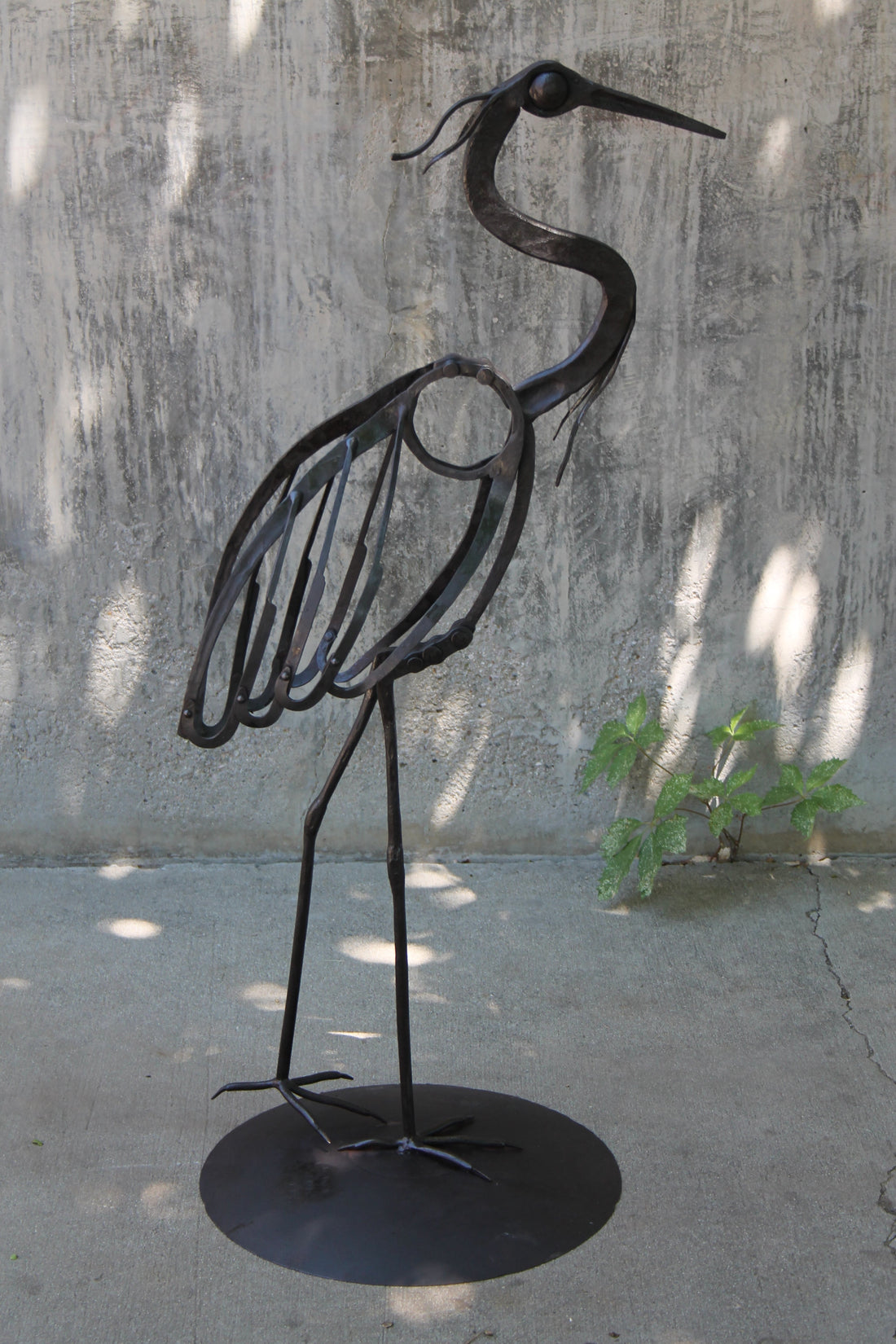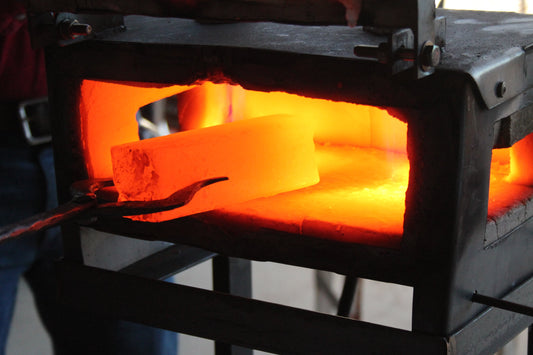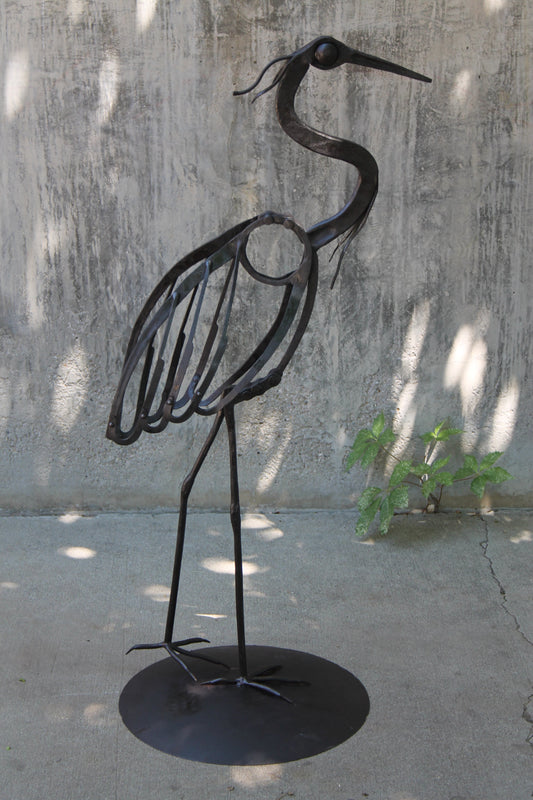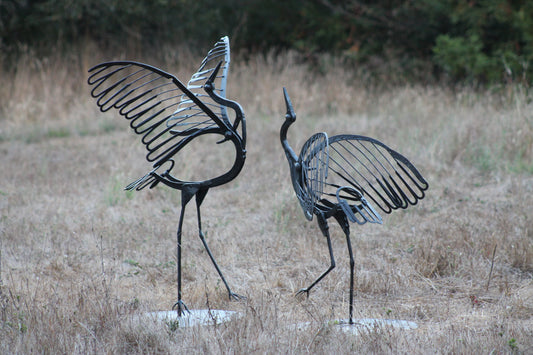In sixth grade, I wrote a report on endangered species, where I was tasked with drawing pictures of animals facing the threat of extinction. Little did I know that around the same time, Andy Warhol was creating his renowned series of prints on endangered species. True to his signature style, Warhol used bold colors and high contrast to make these animals unforgettable. Nearly 30 years later, two of those species have been removed from the endangered list, offering a glimpse of hope amidst the challenges.
As a parent, I find it difficult not to feel overwhelmed when thinking about the future of our planet and its wildlife. The threats we face are daunting, and it’s easy to succumb to feelings of despair. However, as Mr. Rogers wisely advised, we should “look for the helpers” in times of crisis. By focusing on the successes in conservation, we can draw inspiration from the progress that has been made and use that momentum to save even more species.
Two examples that come to mind are the Sandhill crane and the Brown pelican. As a child growing up in California’s Central Valley, I have no memory of seeing Sandhill cranes. Yet, as an adult living in northeastern California, they became a familiar sight. Today, Sandhill cranes have made a remarkable comeback and are once again abundant across the state, including in my hometown, provided you know where to look.
I also have vivid memories of seeing Brown pelicans perched on dock pilings in Morro Bay. However, during my teenage and young adult years, the thought of these iconic birds going extinct was a real and frightening possibility. The image of a pelican resting on a post by the dock was no longer a common sight. Now, when I take my children to the beach, I’m thrilled to see countless Brown pelicans soaring along the coast at sunset.
During our last visit, I spotted one perched on a post at the end of a pier—a symbol of the progress we’ve made.
In my work as an artist, I often find myself reflecting on the commercialization of art. There’s a pervasive pressure to create controversial pieces that emphasize negative themes. However, I’ve come to the conclusion that it might be more powerful to focus on hope—the successes of conservation, and the species that have been brought back from the brink. If we can save creatures like Sandhill cranes and Brown pelicans, surely we can protect other species at risk, such as the Sage grouse or dwindling populations of native salmon.
I also recall a trip to Yosemite in sixth grade, where we were given a lengthy presentation on the heroic efforts to save the Peregrine falcon. Conservationists climbed steep rock ledges to safely retrieve fragile eggs, ensuring the survival of this magnificent bird. At the time, I could only see a picture of a Peregrine falcon. Years later, when I finally witnessed one in person for the first time, I was with my two young daughters. They grew up in a world where the thought of Peregrine falcons going extinct was unimaginable. Thanks to the tireless efforts of conservationists, my daughters were able to see these falcons in person—just a short walk from their childhood home.
As I design sculptures of Sandhill cranes, Great blue herons, Brown pelicans, and Kingfishers, I strive to create works that celebrate conservation triumphs. I do not wish to focus on the fear of losing these animals, but rather to highlight the progress we’ve made. These sculptures are not meant to gloss over the very real challenges we face, but to serve as a rallying cry for hope. If we have successfully brought back species from the brink, then we have the capacity to protect many more. It is a reminder that we can safeguard our precious natural resources for future generations, and that, together, we have the power to make a difference



